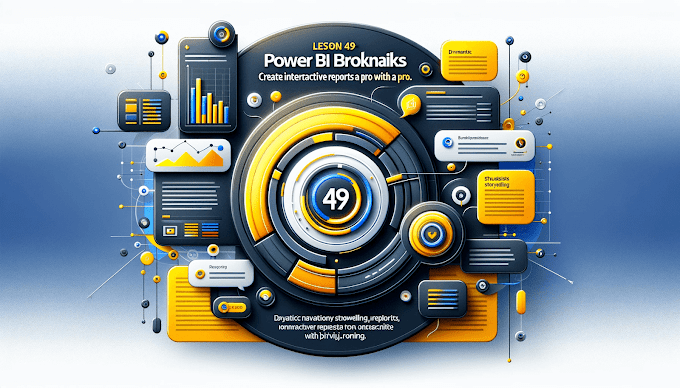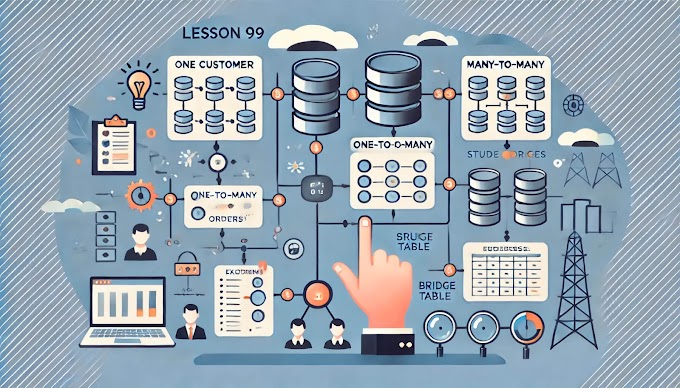Welcome back to Virvijay.com, where we make Power BI easy and fun! 🎯
Ever wanted to filter data in real-time without modifying your report layout? 🤔
With Filters & Slicers, you can allow users to explore data interactively!
In this blog, you’ll learn:
- ✅ What Filters & Slicers are.
- ✅ How to use Filters & Slicers effectively.
- ✅ Step-by-step guide to creating interactive dashboards.
- ✅ Best practices for enhancing user experience.
1️⃣ What Are Filters & Slicers in Power BI?
📌 Filters allow you to restrict data at different levels in Power BI.
📌 Slicers are interactive visual filters that users can click to refine results.
Types of Filters in Power BI
- Report Filters – Apply to the entire report.
- Page Filters – Apply to a specific page.
- Visual Filters – Apply only to one visual.
- Drillthrough Filters – Used for detailed analysis.
📌 Why Use Filters & Slicers?
- ✅ Allow users to explore data dynamically.
- ✅ Improve report performance by showing relevant data.
- ✅ Make dashboards cleaner and more interactive.
2️⃣ How to Use Filters in Power BI
Step 1: Add Filters to a Visual
- Select a chart or table in Power BI.
- Open the Filters pane.
- Drag a field (e.g., Sales Region) into the Visual Filters area.
- Choose a filter condition (e.g., Show only “North” & “South” regions).
🚀 Now, the chart updates to show only the filtered data!
Step 2: Apply Page & Report-Level Filters
- Drag a field into the Page Filters section – applies to the entire page.
- Drag a field into the Report Filters section – applies to all pages.
💡 Example: If you filter by “2025” at the Report Level, all pages will show only 2025 data!
3️⃣ How to Use Slicers in Power BI
Slicers are like interactive buttons that filter data in real-time!
Step 1: Add a Slicer to Your Report
- Click Insert → Slicer.
- Choose a field (e.g., Product Category).
- Resize and format the slicer as needed.
📌 Users can now click on a category (e.g., “Electronics”) to filter the entire report!
Step 2: Customize Slicers for Better Experience
- Change slicer style → Dropdown, List, Tile format.
- Enable Multi-Select to allow multiple filters at once.
- Sync slicers across pages → So all pages use the same filter!
🚀 Now, users can refine data dynamically with just a click!
4️⃣ Real-Life Example: Dynamic Sales Dashboard
🎯 Problem:
A company needed an interactive sales report where users could explore data by region, product, and year.
🎯 Solution:
- ✅ Used Filters to restrict data at different levels.
- ✅ Added Slicers for quick user-driven filtering.
- ✅ Created Dropdown Slicers for easy selection.
🎯 Result:
🚀 Users could explore sales trends effortlessly!
5️⃣ Best Practices for Filters & Slicers
- Use slicers for key fields (e.g., Year, Category, Region).
- Avoid too many filters – Keep reports clean.
- Use drillthrough & filters together for deep analysis.
- Optimize performance – Too many filters slow down reports.
6️⃣ Conclusion: Why Filters & Slicers Matter
With Filters & Slicers, you can:
- ✅ Allow users to explore data easily.
- ✅ Improve report readability and usability.
- ✅ Make Power BI dashboards more powerful and interactive.
🚀 Now your reports will be more user-friendly than ever! 🎯
7️⃣ What’s Next?
📌 In the next blog, you’ll learn:
- ✅ How to use Power BI Bookmarks for storytelling.
- ✅ Step-by-step guide to creating interactive report navigation.
- ✅ Best practices for using bookmarks effectively.
🔔 Stay tuned to Virvijay.com for more Power BI tutorials!
💬 Got questions? Drop support@virvijay.com

















